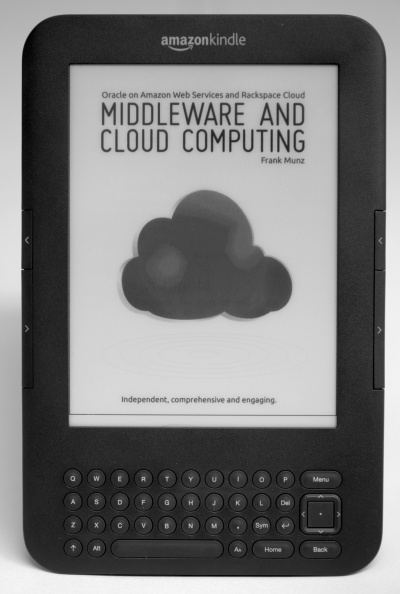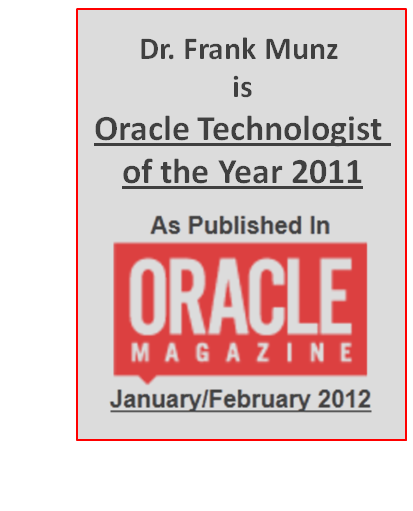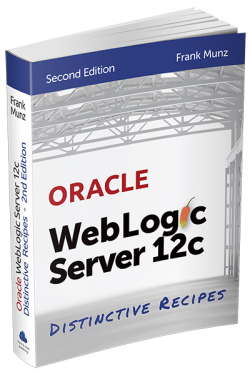I am at S.F. at the Oracle Open World conference right now where Larry Ellison announced the Oracle Public Cloud in an entertaining and rather fun presentation just an hour ago. To see some more photos of the event and my paparazzi shot of Sting who already showed up for some 30 seconds: check out the Facebook site of my Oracle Cloud Computing book.
Larry picked up many ideas that I published earlier this year in my cloud computing book:
He was talking a lot about migrating from one cloud to another (mostly using AWS as an example, so they seem to be on the friend list). Also he emphasized that simple multi-tenant SaaS offers such as Salesforce.com with a shared DB are not real clouds and risky (because of the shared DB 🙂 ).
When Oracle’s position about clouds was rather fluffy (should I say cloudy?) even one year ago, I now hear them talking more about elasticity, self-service, chargeback etc.
What I didn’t like: So far this does not include pay-per use yet (one of my 4 criteria of cloud computing). Larry mentioned a monthly subscription during his keynote which was confirmed in the Thu morning keynote. Yet Oracle Enterprise Manger 12c is announced to provide metering at various levels.
I will post an update here as soon as there will be more details out tomorrow.
Apart from announcing the Oracle Public Cloud also Oracle Social Media (a part of Fusion Applications) was announced. See fotos on Facebook.





 Oracle WebLogic Server 12c Book
Oracle WebLogic Server 12c Book Oracle Middleware and Cloud Computing Book
Oracle Middleware and Cloud Computing Book